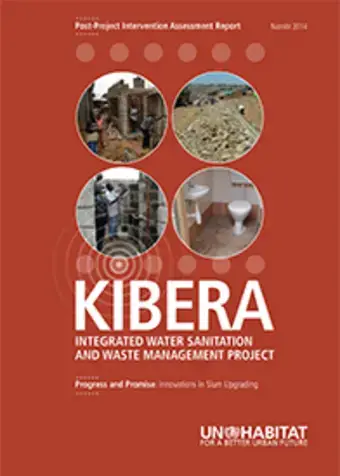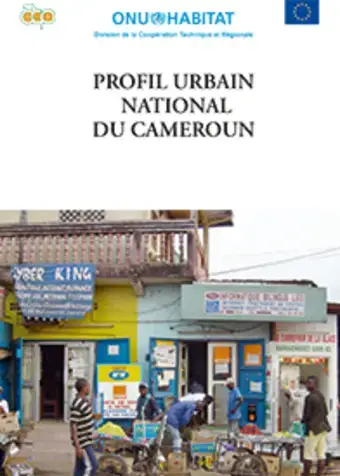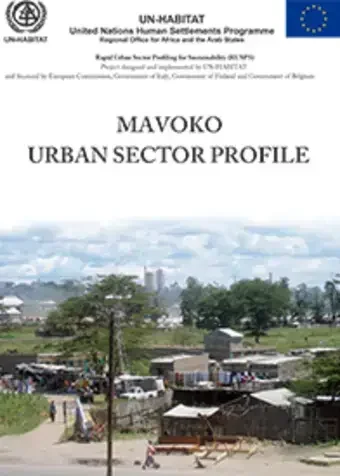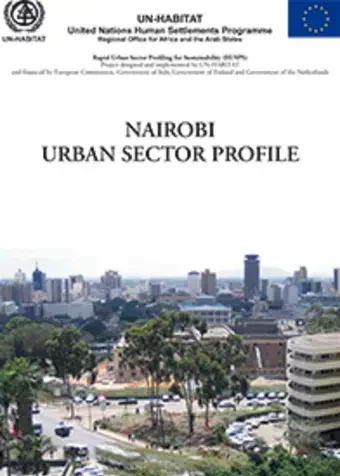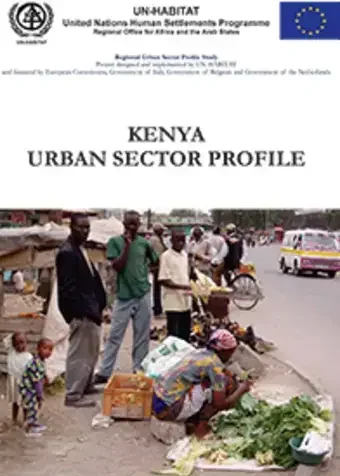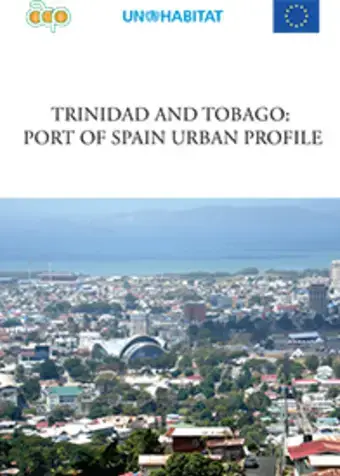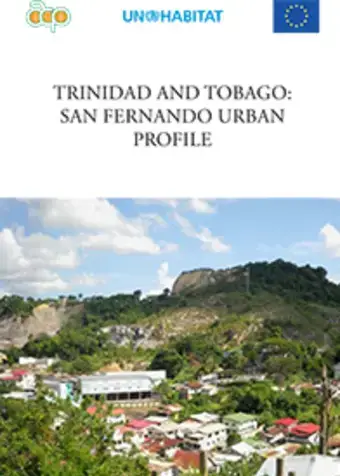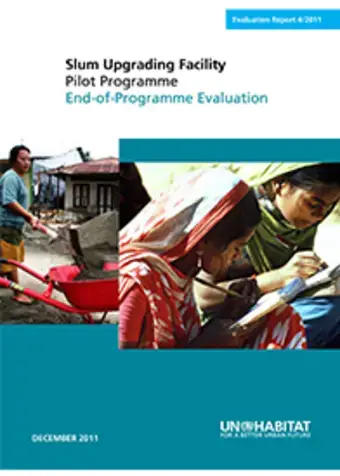This lecture is based on the realization that little attention is being paid to the inexorable increase in urban populations, particularly in very low income countries. Buckley argues that industrial coordination problems are no doubt important, but so too is the avoidance of increasingly dysfunctional cities.
